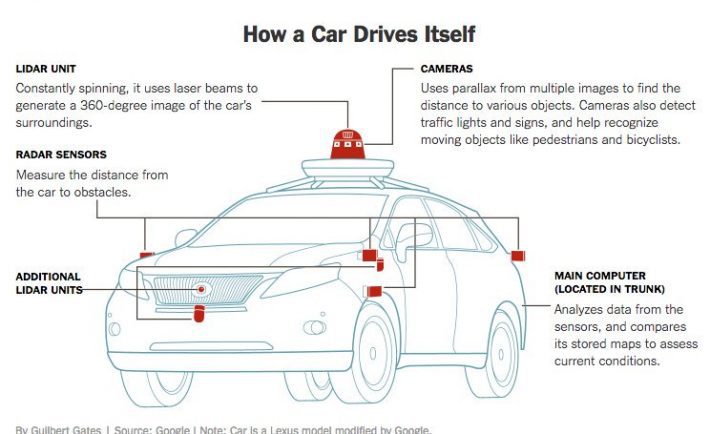
If you live in California, Arizona, Washington, Texas or a few other states, you might have already seen driverless cars on the road. Equipped with a number of sensors and cameras, it is a mind blowing experience to see vehicles with no human controlling them, effortlessly weaving their way in and out of heavy traffic.
While it may be hard to wrap your head around the idea of a driverless car, Goldman Sachs predicts that autonomous vehicles will make up as much of 60 percent of U.S. auto sales in 2030.
Like it or not, it appears that driverless cars are the wave of the transportation future. To further examine this phenomenon, it’s important to discuss their safety, as well as their possible impact on our driving habits, and other factors.
Are They Really Safe?
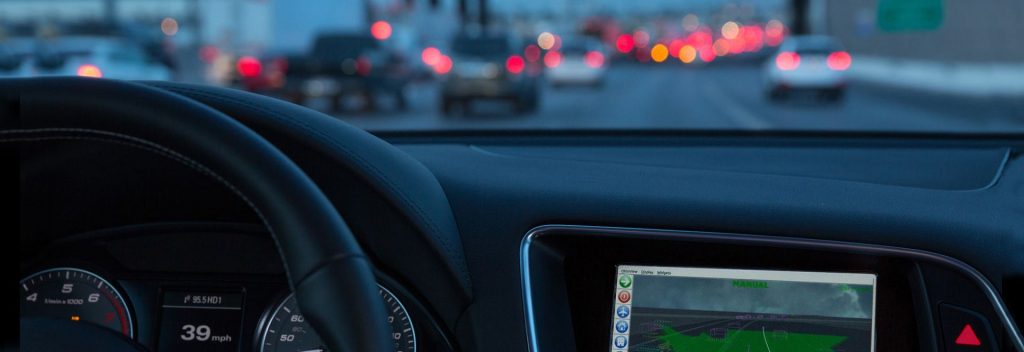
With Autonomous Cars, How Safe Is Safe Enough?
Ford, Tesla, Google and other companies all have big plans to have some type of driverless car ready for commercial use in the next five years, according to Business Insider. While they may have different body types in mind as well as motivations for inventing the autonomous vehicle, these companies agree on one key issue, the cars will be safer. Unlike traditional cars that rely on a driver and a backseat driver or two to keep an eye and ear on the road around them, driverless cars will use a huge amount of sensors to gather scads of data about the driving environment so they can smoothly get from point A to point B. These sensors include cameras, radar and lasers, as well as GPS and other technology to help the car “know” where it is located and where it’s headed. The sensors will feed this constant stream of data into the car’s “brain”, where the computer system can process it and decide what the car should do next.
A Car that Learns
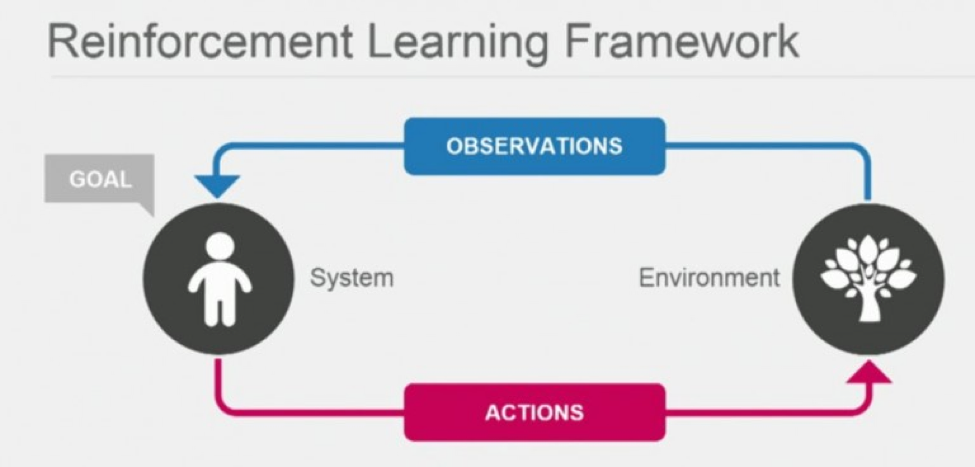
The Machine Learning Algorithms Used in Self-Driving Cars
Driverless cars will use “machine learning” that combines algorithms along with experience to essentially teach the vehicle. The car’s computer will be taught a number of situations, for example, what a pedestrian looks like, as well as other cars, trucks, bikes, dogs and more. Once the computer model is created it can be loaded into the car’s “brain” and hooked up to the sensors; the car will then use this knowledge to make choices on what it should do in certain situations.
Driverless Cars’ Impact on the Future of Driving
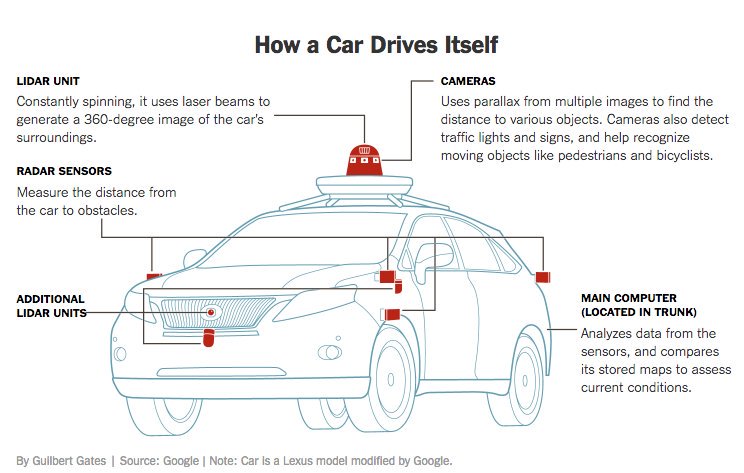
What kind of machine learning algorithms do the driverless cars use?
To say that driverless cars will have an incredible impact on life as we know it is an understatement. For example, think about that classic rite of passage known as Getting Your Driver’s License. Right now, excited teens who are turning 15 and 16 use online tools like Driving-Tests.org to help them practice for their driving permit and license tests. Eager teens and nervous parents hit the road for hours of practice before heading to the DMV for the big test. With self-driving cars becoming more mainstream, there may be a future generation of teens who simply do not need to learn to drive.
Autonomous Cars Will Shape the Future
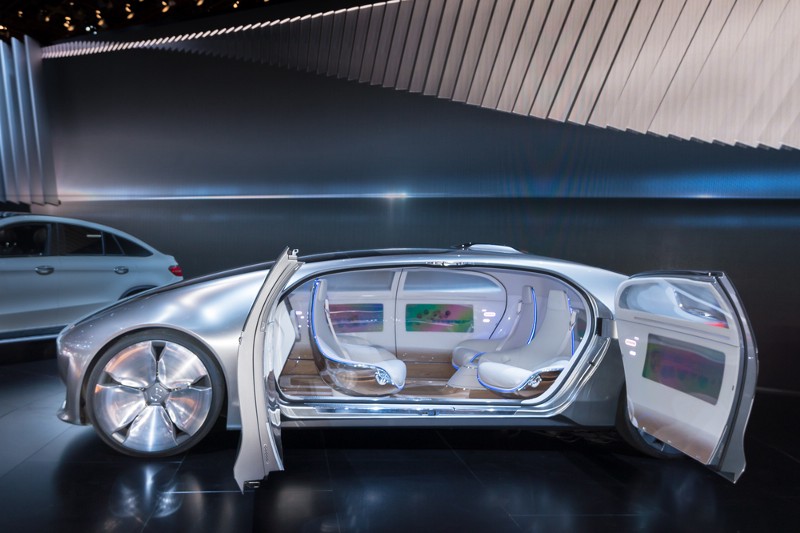
50 Mind-Blowing Implications of Self-Driving Cars (and Trucks)
Driverless cars will probably be mostly electric, Futurist Speaker projects. The shift to quiet electric cars will cut noise levels in cities. We may no longer be awakened by our neighbor’s muffler-less Mustang rumbling down the street; stinky exhaust and loud engines could be a thing of the past. American hedge fund manager James Altucher also raises some thought-provoking questions about autonomous vehicles, for example, their impact on the insurance industry, on jobs that traditionally have required human drivers like pizza delivery, taxis and public transportation, and the auto industry as a whole. While we don’t have all of the answers yet, it is safe to say that the future of driverless cars will be an exciting one to watch.




